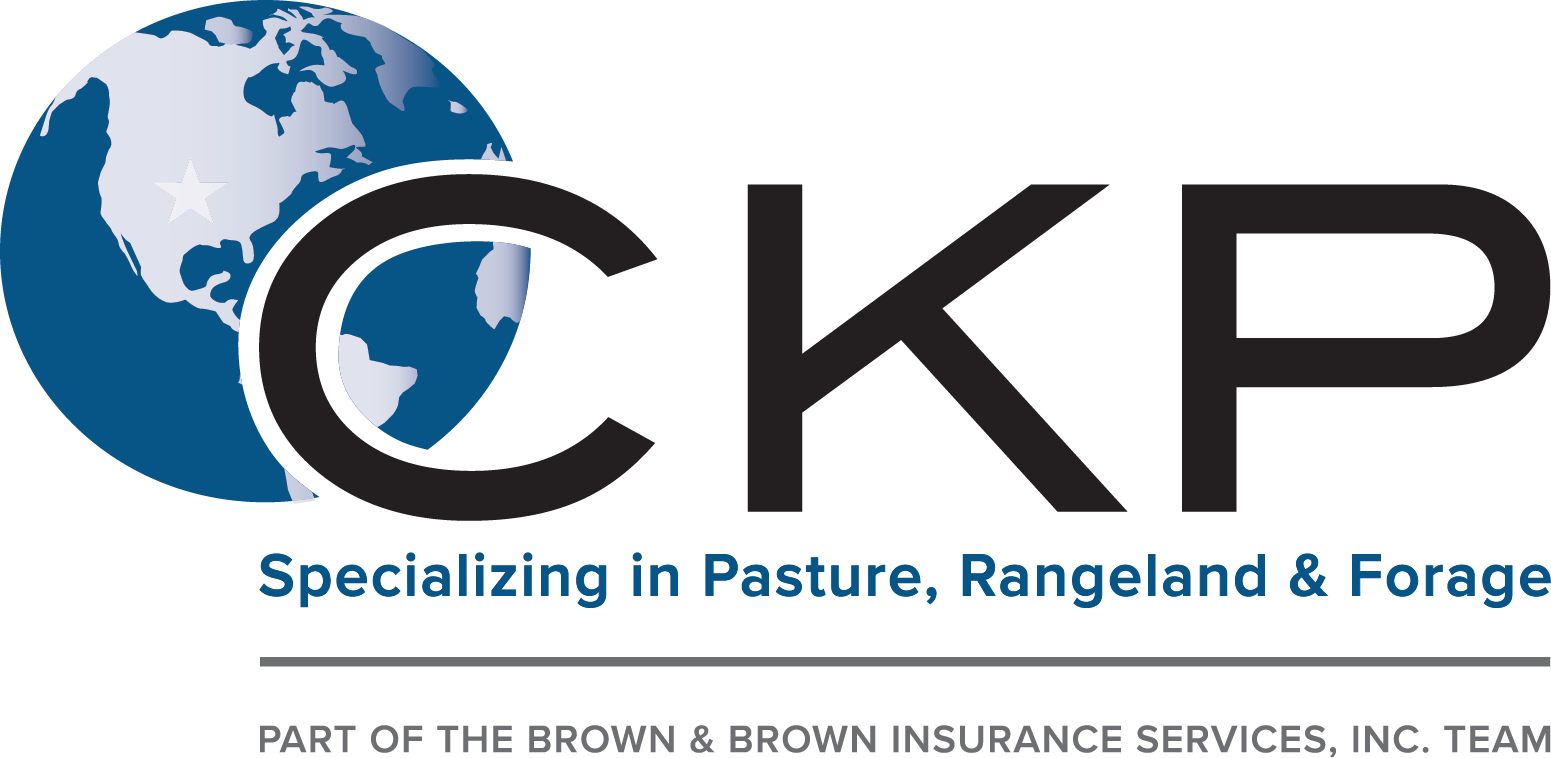Bagley Risk Management Can Be Fun For Anyone
Wiki Article
Professional Guidance on Threat Analysis and LRP Insurance Policy Solutions

The Relevance of Risk Analysis
Efficient risk assessment is fundamental in the decision-making process of any organization, guiding critical planning and resource allotment. By systematically determining, examining, and focusing on possible threats, services can expect difficulties, profit from possibilities, and make educated choices to accomplish their goals. Risk assessment permits companies to proactively deal with vulnerabilities, alleviate hazards, and optimize their danger administration methods.Among the vital benefits of threat analysis is its role in improving operational effectiveness. By recognizing the prospective risks that could impact different facets of business, organizations can streamline processes, assign resources much more effectively, and minimize the chance of expensive disturbances. In addition, threat analysis allows business to adhere to regulative requirements, safeguard their reputation, and construct trust with stakeholders.
Recognizing Prospective Losses
To understand the impact of threat analysis, it is critical to understand the prospective losses that might substantially impact a company's operations and monetary security. Potential losses can occur from numerous resources, consisting of all-natural calamities, economic slumps, functional failings, regulatory adjustments, and cybersecurity breaches. These losses can result in direct expenses such as residential property damages, lawful expenditures, and fines, in addition to indirect prices like reputational damages and loss of market share.Recognizing prospective losses involves performing a complete analysis of the risks that might appear and estimating the economic influence they may carry the company. By measuring these possible losses, companies can prioritize threat mitigation initiatives and allocate sources effectively. Furthermore, a detailed understanding of prospective losses makes it possible for companies to make enlightened decisions when picking risk monitoring strategies, such as purchasing insurance protection or applying danger control measures. Bagley Risk Management.
Basically, by identifying and comprehending potential losses, organizations can proactively manage dangers and secure their lasting sustainability and success.
Role of LRP Insurance Coverage Solutions
The combination of LRP insurance policy services within a company's danger monitoring framework improves strength and strengthens financial security versus unanticipated difficulties. LRP, or Loss Recovery Product, insurance coverage options play an essential function in minimizing the influence of potential losses by giving economic defense and assistance in times of dilemma. These insurance policy solutions are customized to fulfill the certain requirements of businesses, offering coverage for various threats such as building damages, service disturbance, responsibility insurance claims, and more.By moving the financial risk to an insurance coverage company, organizations can concentrate on their core operations with greater tranquility of mind, recognizing that they are shielded against substantial monetary losses. Furthermore, LRP insurance remedies can enhance a company's danger administration approach by supplementing existing threat mitigation steps and making sure comprehensive security throughout all areas of possible vulnerability.
Identifying Key Threats
In the procedure of risk assessment, an essential step entails identifying vital threats that have the prospective to influence an organization's procedures and monetary security. Recognizing vital risks requires an extensive evaluation of internal and external elements that might posture dangers to the company's objectives. Interior threats might include functional ineffectiveness, conformity problems, or personnel obstacles, while external dangers could incorporate economic declines, regulative modifications, or all-natural calamities.
Furthermore, vital threats must be frequently assessed and upgraded to align with the dynamic business atmosphere. This aggressive method makes it possible for organizations to remain ahead of prospective dangers and guard their long-term success.
Picking the Right Coverage
Having actually identified the key risks that can influence an organization's procedures and economic security, the following vital action entails very carefully choosing the right coverage to effectively manage and reduce these dangers. When it involves picking the appropriate insurance coverage, companies require to consider their specific risk direct exposure, monetary abilities, and strategic purposes. It is necessary to conduct a detailed evaluation of the offered insurance coverage options to guarantee that the selected insurance coverage aligns with the organization's threat monitoring objectives.
Organizations ought to function very closely with skilled insurance coverage experts to examine their threat profiles and determine the most ideal insurance items to address their requirements. Tailoring insurance policy coverage to details dangers can help optimize defense while lessening unnecessary expenses. In addition, organizations need to review policy terms and conditions thoroughly to comprehend the degree of protection supplied and any kind click for more info of prospective exclusions that might influence their danger mitigation methods.
Verdict
In conclusion, danger evaluation is critical in identifying prospective losses and picking the ideal LRP insurance policy solutions. Professional guidance can assist browse the complexities of danger evaluation and insurance policy options, providing companies with the needed tools to effectively manage and reduce threats.Specialist guidance plays a pivotal duty in this procedure, offering beneficial insights right into determining and examining dangers, as well as strategically selecting appropriate insurance coverage tailored to mitigate those dangers efficiently. An extensive understanding of prospective losses allows organizations to make enlightened decisions when picking threat administration techniques, such as buying insurance policy protection or implementing threat control measures.

Report this wiki page